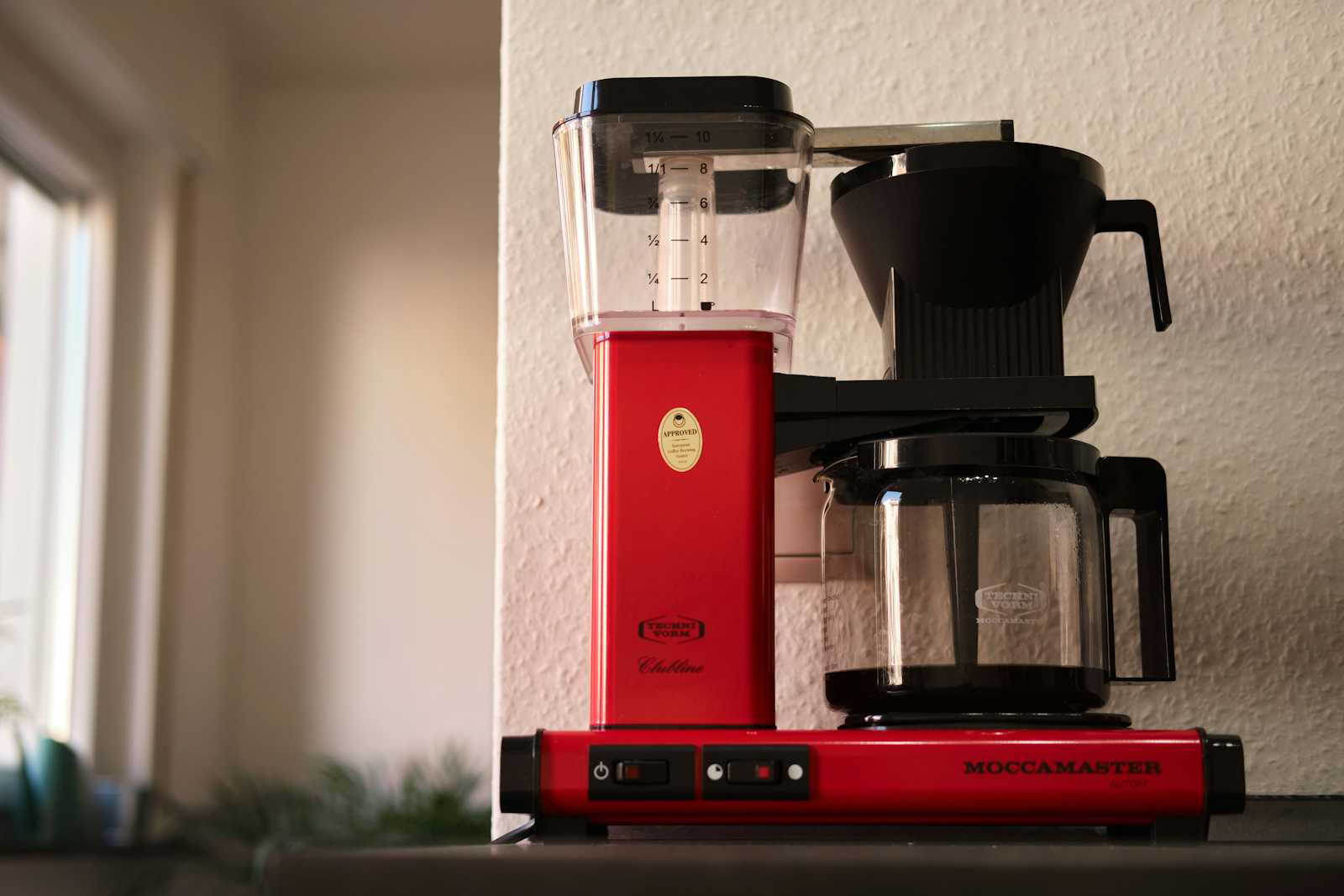Understanding Mixins in Dart and Flutter
 Jitesh Yadav
Jitesh Yadav
Hello friends,
Today we'll explore an interesting and powerful concept in Dart and Flutter programming called mixins. Mixins are a fundamental feature that can greatly enhance the way we write and manage our code, especially in large-scale applications.
Introduction to Mixins
A mixin in Dart is a way to reuse code from multiple classes and resources without the constraints of traditional inheritance. Mixins allow us to incorporate functionalities from different sources into a single class, enabling us to build more modular, reusable, and maintainable code.
Inheritance vs. Mixins
You might be wondering how mixins differ from inheritance. In inheritance, a subclass inherits properties and methods directly from a parent class. This creates a strict hierarchy and can sometimes lead to issues when trying to inherit from multiple classes.
However, with mixins, a class can include the properties and methods of the mixin without inheriting from it directly. This means that mixins do not enforce a strict parent-child relationship, allowing for more flexible and reusable code structures.
The Problem with Multiple Inheritance
The idea behind mixins came about to fix the issues with multiple inheritance in Dart, which can lead to the well-known diamond problem. This problem happens when a class inherits from two other classes that both come from the same base class, causing confusion and conflicts.
Mixins solve this by letting classes "mix in" features from different sources without the mess of multiple inheritance. This makes the design simpler and avoids the conflicts that come with the diamond problem.
Benefits of Using Mixins
Code Reuse
Mixins promote code reuse by allowing us to define functionalities once and reuse them across multiple classes. This reduces code duplication and makes our codebase more maintainable.
Flexibility
By including a mixin, there is no strict class hierarchy to follow, allowing us to use mixins flexibly throughout our project. This enhances code reuse and organization, making it easier to adapt and extend our code.
Separation of Concerns
Mixins help in separating concerns by enabling us to isolate specific functionalities into distinct mixins. This modular approach makes our code cleaner and easier to understand.
How to Use Mixins in Dart
Using mixins in Dart is straightforward. Here’s a simple example to illustrate how mixins work:
dartCopy codemixin Logger {
void log(String message) {
print('Log message: $message');
}
}
class DatabaseService with Logger {
void fetchData() {
log('Fetching data from the database.');
// Fetch data from the database
}
}
void main() {
DatabaseService dbService = DatabaseService();
dbService.fetchData();
}
In this example, the Logger mixin is included in the DatabaseService class using the with keyword. The DatabaseService class can now use the log method defined in the Logger mixin.
Practical Applications of Mixins
Mixins are incredibly useful in various practical scenarios. Here are a few examples:
Adding Logging
As seen in the previous example, mixins can be used to add logging functionality to different classes without duplicating code.
Reusing Validation Logic
If you have common validation logic that needs to be shared across multiple classes, you can define it in a mixin and include it wherever needed.
dartCopy codemixin Validation {
bool isValidEmail(String email) {
// Add email validation logic
return true;
}
}
class UserForm with Validation {
void submitForm(String email) {
if (isValidEmail(email)) {
// Submit form
} else {
print('Invalid email address.');
}
}
}
Enhancing UI Components
In Flutter, mixins can be used to enhance UI components with additional behaviors or properties.
dartCopy codemixin Highlightable {
bool isHighlighted = false;
void toggleHighlight() {
isHighlighted = !isHighlighted;
}
}
class HighlightableButton extends StatelessWidget with Highlightable {
@override
Widget build(BuildContext context) {
return GestureDetector(
onTap: toggleHighlight,
child: Container(
color: isHighlighted ? Colors.yellow : Colors.grey,
child: Text('Tap me'),
),
);
}
}
Best Practices for Using Mixins
When using mixins, it’s essential to follow some best practices to ensure that your code remains clean and maintainable:
Keep Mixins Focused: Each mixin should have a single responsibility. Avoid adding unrelated functionalities to a single mixin.
Document Mixins: Provide clear documentation for your mixins, explaining what they do and how to use them.
Avoid Overusing Mixins: While mixins are powerful, overusing them can lead to complex and hard-to-maintain code. Use them judiciously.
Name Mixins Appropriately: Choose descriptive names for your mixins to indicate their purpose clearly.
Conclusion
In summary, mixins are a powerful tool for code reuse and flexibility in Dart and Flutter programming. They allow us to build more efficient and maintainable applications by promoting modularity, code reuse, and separation of concerns. By understanding and utilizing mixins effectively, we can write cleaner and more organized code, ultimately enhancing the quality of our applications.
Happy coding!
Subscribe to my newsletter
Read articles from Jitesh Yadav directly inside your inbox. Subscribe to the newsletter, and don't miss out.
Written by
